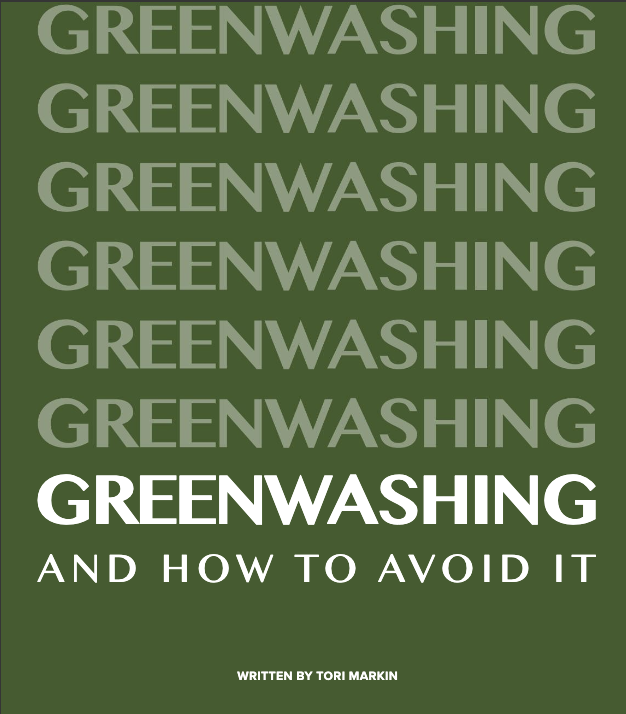
With the new Starbucks strawless cups and reusable K-cups gaining popularity, is the new wave of corporate environmentalism on the rise?
Over the past few years, the awareness of the need for environmentally conscious living has grown and heavily impacted consumer wants and needs. According to Nielsen, a globally recognized data analytics company, sustainable product sales have grown by 20 percent since 2014 and 66 percent of consumers are more willing to spend more money for more sustainable products. With this growing market for “green” products, many companies have reworked their business strategies to reflect these new ideals. Sustainable products have become increasingly more accessible from grocery aisles to ethical fashion to everyday commodities. So what’s not to love?
Although some companies have truly adapted more sustainable and ethical practices, greenwashing has become a common marketing practice swaying conscious consumers. Greenwashing, as defined by CorpWatch, is “the phenomenon of socially and environmentally destructive corporations attempting to preserve and expand their markets by posing as friends of the environment and leaders in the struggle to eradicate poverty.”
One of the most infamous cases of greenwashing came to light after the increase of towel and linen reuse policies at hotels. While there are obvious benefits to reusing towel and linens, these initiatives generally provide more for the businesses’ profit margins than they do for the environment. Using this one initiative to claim to be environmentally friendly seems impractical when reuse of linens makes an underwhelming dent in hotel’s overall water and electricity use. Hotels that encourage reuse policies, but fail to implement other environmentally friendly initiatives that don’t directly help increase profits, raise considerable ethical questions. Is it fair to benefit from the increased prices environmentally conscious consumers are willing to pay, while significantly overstating sustainability efforts?
Beyond hospitality, greenwashing has whiddled its way into many industries. H&M, one of the leading fast fashion producers, has gone to great lengths to rebrand themselves as the trendy trailblazers of sustainable fashion. H&M, despite their recent sustainability efforts, faced significant backlash during their World Recycle Week. This initiative aimed to recycle thousands of tons of clothes. While recycling clothes sounds like a great way to reduce waste, this initiative was fairly misleading. According to H&M’s 2016 sustainability report, only five to ten percent of clothing can actually be recycled into new clothing.
The technology to completely recycle clothing just simply isn’t developed enough, but that did not stop H&M from advertising this new sustainability campaign as “closing the loop” by developing a wasteless fashion society. When customers bring in bags of clothes to be “recycled” they can get a boost of self-importance and an H&M coupon. The coupon itself speaks volumes about the goal of these initiatives, which still serves primarily as a marketing tool and not for sustainability.
So should we be shaming companies for their attempts to go green? Absolutely not, but we should not fall victim to praising companies for making meaningless and overstated sustainability efforts.
When looking to identify greenwashed brands, look for vague language and goals. “Eco-friendly”, “Natural”, or “Organic” carry no meaning without the science to back up these claims. Greenwashed items often come in overly nature-esque packaging. Just because Dawn dish soap bottles star ducklings and a promise to save wildlife, this does not detract from the ingredients in the soap that are toxic to aquatic life as investigated by CBC News. When in doubt, look for legitimate certification labels, do a quick Google search on the company, or take a moment to think about whether you really need the product at all.